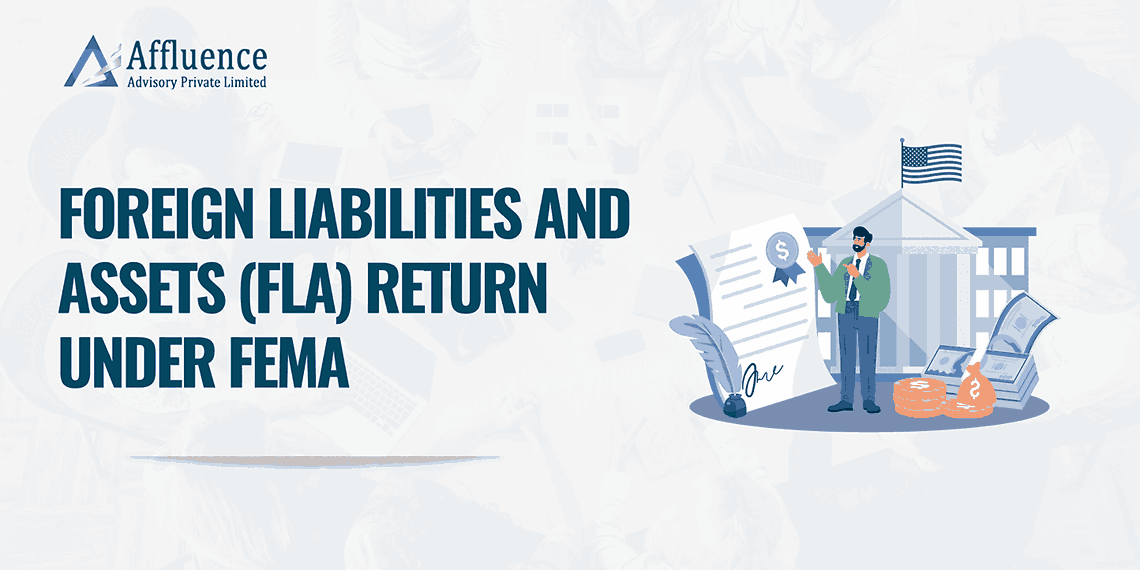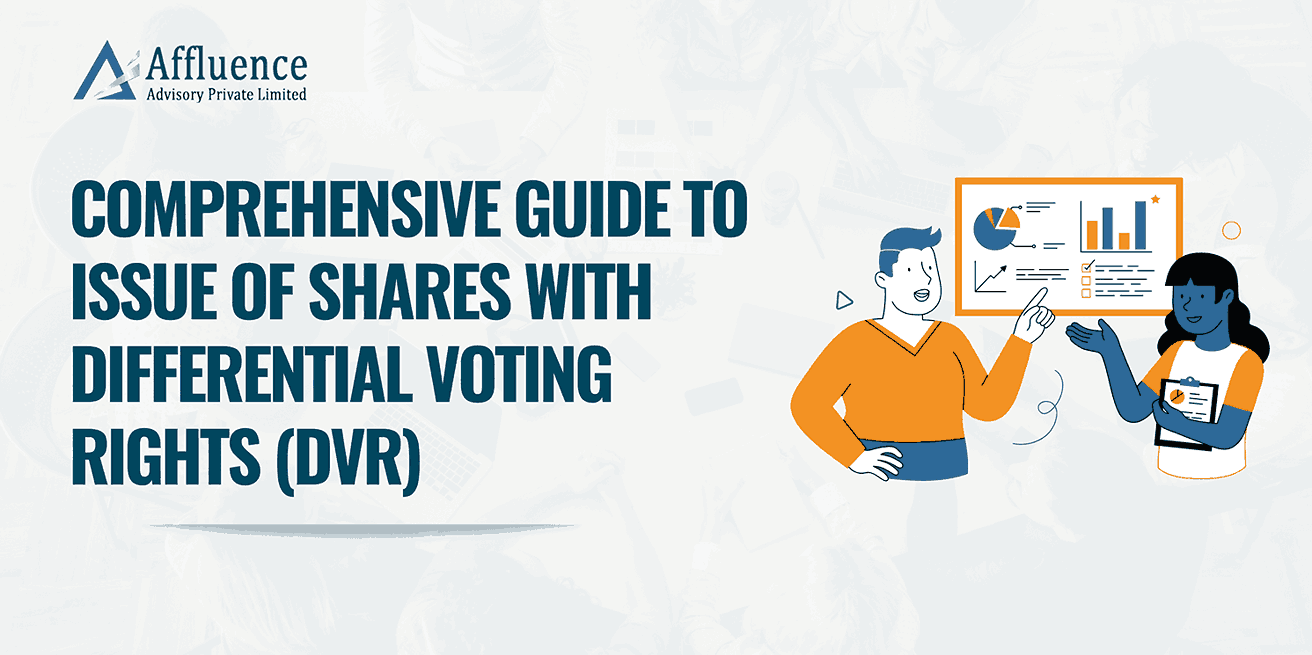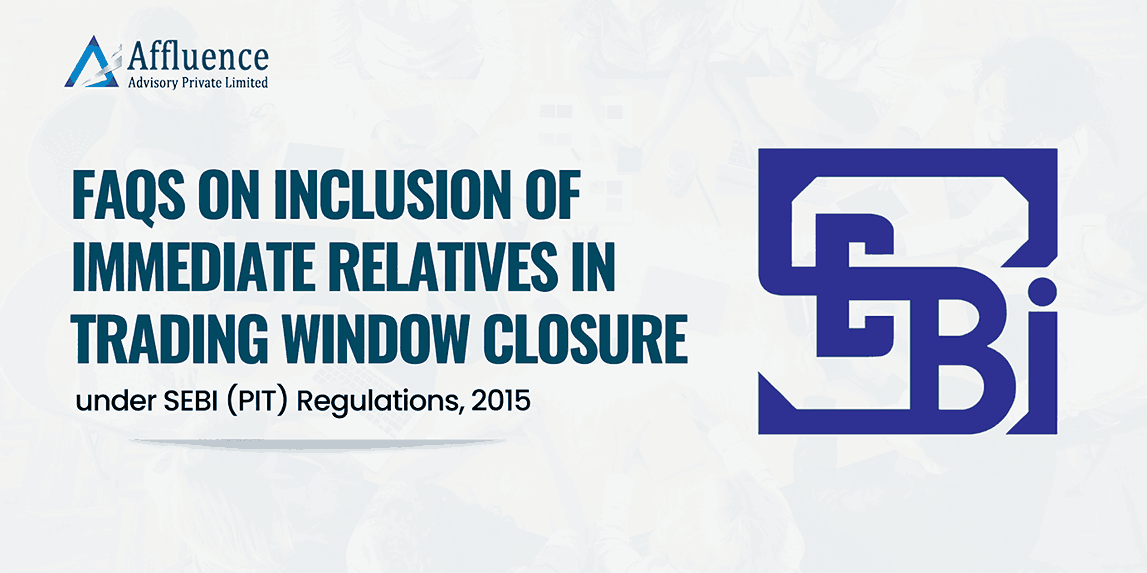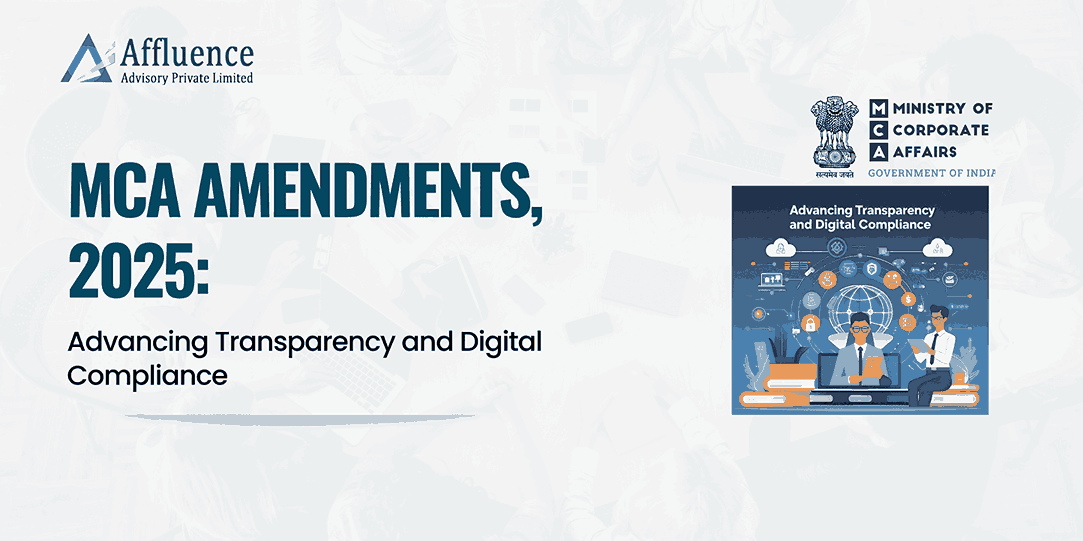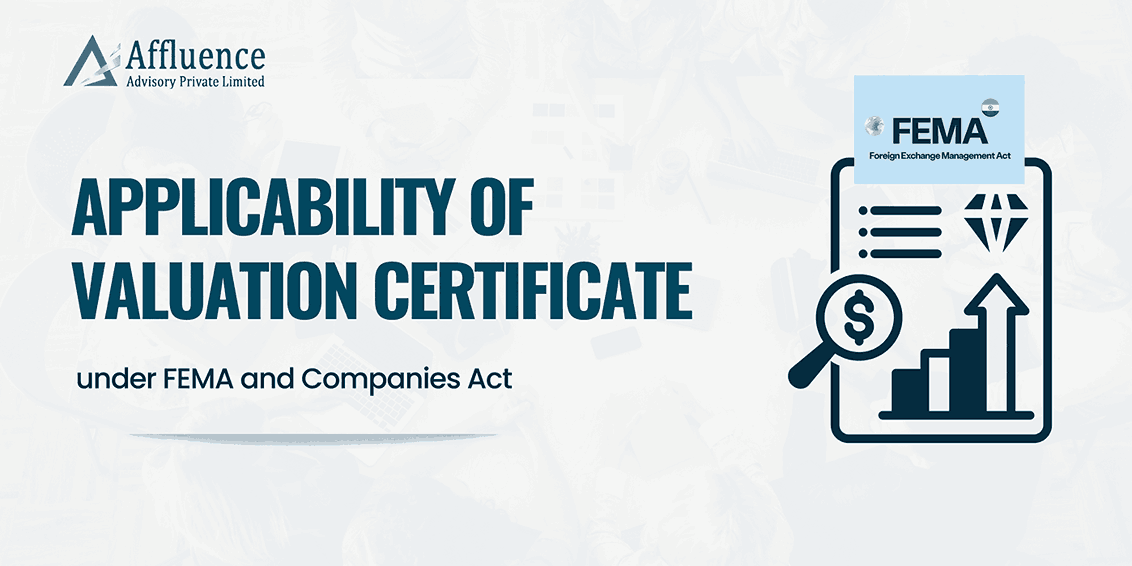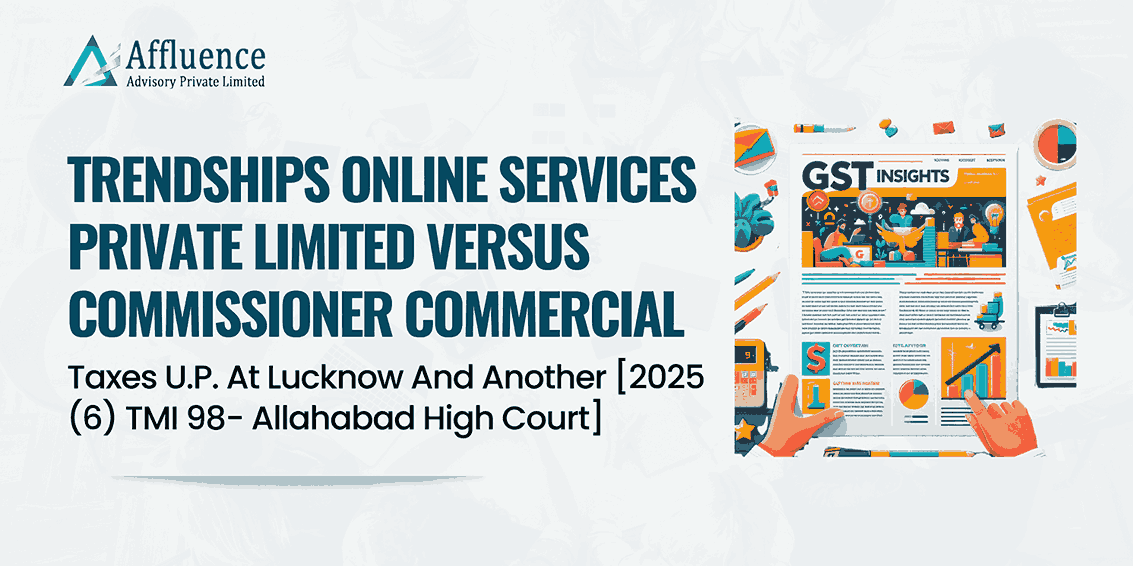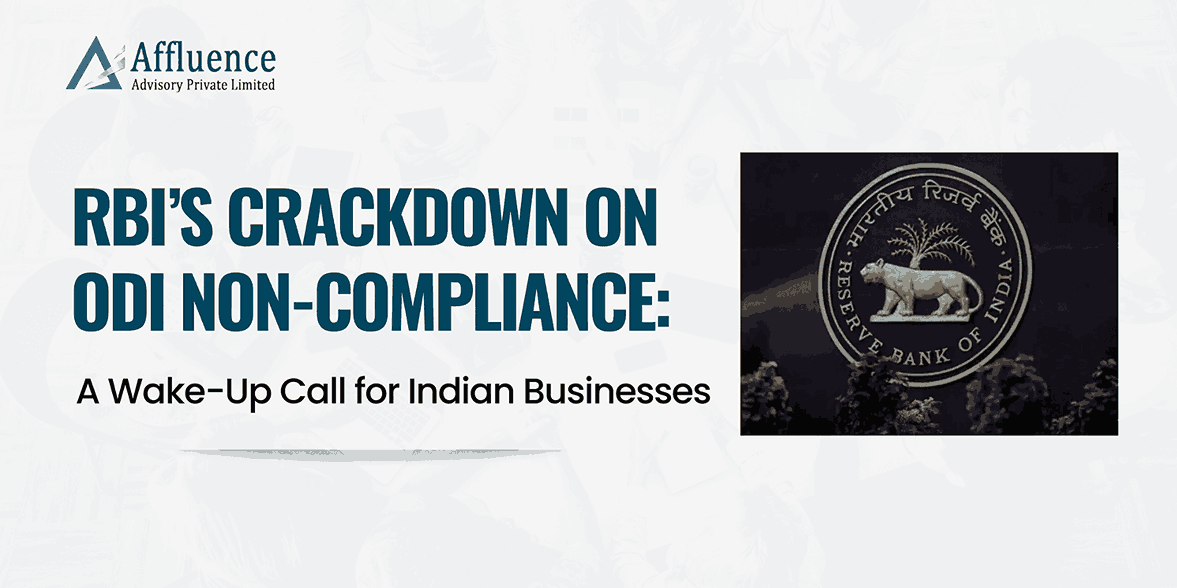- What is the period for which a person’s income is considered for the purpose of Income-tax?
A: Income tax is levied on the Annual Income of a person. The year under the Income-tax Law is the period starting from 1st April and ending on 31st March of the next calendar year. The Income-tax Law classifies the year as
(1) Previous year, and (2) Assessment year:
The year in which income is earned is called as previous year and the year in which the income is charged to tax is called as assessment year.
e.g., Income earned during the period of 1st April 2022 to 31st March, 2023 is treated as income of the previous year 2022-23. Income of the said previous year 2022-23 will be charged to tax in the next year, i.e., in the assessment year 2023-24.
- Who is supposed to pay Income-tax?
A: Income tax is to be paid by every person. The term ‘person’ as defined under the Income-tax Act covers in its ambit natural as well as artificial persons.
For charging Income-tax, the term ‘person’ includes Individual, Hindu Undivided Families [HUFs], Association of Persons [AOPs], Body of individuals [BOIs], Firms, LLPs, Companies, Local Authorities, and any artificial juridical person not covered under any of the above.
Thus, from the definition of the term ‘person’ it can be observed that, apart from a natural person, i.e., an individual, any sort of artificial entity will also be liable to pay Income-tax.
- What are the precautions that one should take while filling up the tax payment challan?
A: While making payment of tax, apart from other things, one should clearly mention the following:
Head of payment, i.e., Corporation Tax/Income-tax (other than companies)
Amount and mode of payment of tax
Type of payment [i.e., Advance tax/Self-assessment tax/Tax on regular assessment/Tax on Dividend/Tax on distributed Income to Unit holders/Surtax]
Assessment year
The unique identification number called PAN [Permanent Account Number] is allotted by the IT Department.
- Applicability of the Form, which form is to be filed for an individual, HUF, or firm (other than LLP)?
A: i) ITR-1 can be filed by an Individual only who is ordinarily resident in India.
ii) ITR-4 can be filed only by an Individual or HUF who is ordinarily resident in India and by a firm (other than LLP) resident in India.
- What are the due dates for filing of Income-tax Returns for the Assessment Year 2023-24?
A: Due dates for filing of ITRs for various types of assessments are as follows:
SITUATIONS | DUE DATE |
If Assessee is required to furnish a report of transfer pricing (TP) Audit in Form No. 3 CEB | 30.11.2023 |
If Assessee is a partner in a firm, who is required to furnish a report of transfer pricing (TP) Audit in Form No. 3CEB | 30.11.2023 |
If an individual is a spouse of a person, being a partner in a firm required to furnish a report of Transfer Pricing (TP) Audit in Form No. 3CEB and the provisions of section 5A apply to such spouse. | 30.11.2023 |
The company assessee is not required to furnish a transfer pricing audit report in Form No. 3 CEB | 31.10.2023 |
If the assessee is required to get its accounts audited under Income Tax Act or any other law in force | 31.10.2023 |
If the assessee is a partner in a firm whose accounts are required to be audited | 31.10.2023 |
If an individual is a spouse of a person, being a partner in a firm whose accounts are required to be audited, and the provisions of section 5A apply to such spouse | 31.10.2023 |
In any other case | 31.07.2023 |
- Which form should a taxpayer use to file his income tax return for the assessment year 2023-24?
Nature of Income | ITR-1 | ITR-2 | ITR-3 | ITR-4 |
Salary Income | ||||
Income from Salary/pension (for ordinarily resident person) | ✓ | ✓ | ✓ | ✓ |
Income from Salary/pension (for not ordinarily resident persons and non-resident persons) |
| ✓ | ✓ |
|
Any individual who is a Director in a Company |
| ✓ | ✓ |
|
If payment of tax in respect of ESOPs allotted by an eligible start-up has been deferred |
| ✓ | ✓ |
|
Nature of Income | ITR-1 | ITR-2 | ITR-3 | ITR-4 |
Income from House Property | ||||
Income or loss from one house property (excluding brought forward losses and losses to be carried forward) | ✓ | ✓ | ✓ | ✓ |
Individual has brought forward loss or losses to be carried forward under the head House property | ✓ | ✓ |
| |
Income or loss from more than one house property | ✓ | ✓ |
| |
Nature of Income | ITR-1 | ITR-2 | ITR-3 | ITR-4 |
Income from Business or Profession | ||||
Income from Business or Profession | ✓ | |||
Income from presumptive business or profession covered under section 44AD, 44ADA, and 44AE (for person resident in India) | ✓ | |||
Income from presumptive business or profession covered under section 44AD, 44ADA, and 44AE (for not ordinarily resident in India and non-resident person) | ✓ | |||
Interest, salary, bonus, commission or share of profit received by a partner from a partnership firm |
| ✓ |
| |
Nature of Income | ITR-1 | ITR-2 | ITR-3 | ITR-4 |
Capital Gains | ||||
The taxpayer has held unlisted equity shares at any time during the previous year | ✓ | ✓ | ||
Capital gain or loss on sale of investment/property | ✓ | ✓ | ||
Nature of Income | ITR-1 | ITR-2 | ITR-3 | ITR-4 |
Income from Other Sources | ||||
Family Pension (for ordinarily resident person). | ✓ | ✓ | ✓ | ✓ |
Family Pension (for not ordinary resident and a non-resident person |
| ✓ | ✓ |
|
Income from other sources (other than income chargeable to tax at special rates including winnings from lottery and racehorses or losses under this head) | ✓ | ✓ | ✓ | ✓ |
Income from other sources including income chargeable to tax at special rates including winnings from lottery and race horses under this head) |
| ✓ | ✓ |
|
Dividend income exceeding Rs 10 lakhs taxable under Section 115BBDA |
| ✓ | ✓ |
|
Unexplained income (i.e cash credit, unexplained investment, etc.) taxable at 60% under Section 115BBE |
| ✓ | ✓ |
|
Person claiming deduction under Section 57 from Income taxable under the head other Sources (other than deduction allowed from family pension) |
| ✓ | ✓ |
|
Nature of Income | ITR-1 | ITR-2 | ITR-3 | ITR-4 |
Deduction | ||||
Person claiming deduction under 80QQB/80RRB in respect of royalty from patent or books | ✓ | ✓ | ||
Person claiming deduction under Section 10AA or Part C of Chapter VI-A | ✓ | |||
Nature of Income | ITR-1 | ITR-2 | ITR-3 | ITR-4 |
Total Income | ||||
Agricultural Income exceeding Rs. 5000 | ✓ | ✓ | ||
Total income exceeding Rs. 50 Lakhs | ✓ | ✓ | ||
Assessee has any brought forward losses or losses to be carried forward under any head of income | ✓ | ✓ | ||
Nature of Income | ITR-1 | ITR-2 | ITR-3 | ITR-4 |
Computation of Tax Liability | ||||
If an individual is taxable in respect of an income but TDS in respect of such income has been deducted in the hands of any other person lie, clubbing of income, Portuguese Civil Code, etc.) | ✓ | ✓ | ||
Claiming relief of tax under sections 90, 90A or 91 | ✓ | ✓ | ||
Nature of Income | ITR-1 | ITR-2 | ITR-3 | ITR-4 |
Others | ||||
Assessee has: Income from foreign sources Foreign Assets including financial interest in any foreign entity | ✓ | ✓ | ||
Income has been apportioned in accordance with Section 5A | ✓ | ✓ | ||
If the tax has been deducted on cash withdrawal under Section 194N | ✓ | ✓ | ✓ | |
Person has deposited Rs. One crore in one or more current Account | ✓ | ✓ | ✓ | |
Person has incurred more than Rs. 2 lakhs on foreign travelling | ✓ | ✓ | ✓ | ✓ |
Person has incurred more than Rs. 1 lakhs towards payment of the electricity bill | ✓ | ✓ | ✓ | ✓ |
Person has turnover from business exceeding Rs. 60 Lakhs |
| ✓ | ✓ | |
Person has gross receipts from profession exceeding Rs. 10 Lakhs |
| ✓ | ✓ | |
Aggregate amount of TDS and TCS is Rs. 25000 (Rs. 50000 in case of senior citizen) or more | ✓ | ✓ | ✓ | ✓ |
Status of Assessees | ITR-4 | ITR-5 | ITR-6 | ITR-7 |
Other Assessees | ||||
Firm (excluding LLPs) opting for presumptive taxation scheme of section 44AD 44ADA or 44AE | ✓ | |||
Firm (Including LLP) | ✓ | |||
Association of Persons (AOP) | ✓ | |||
Body of individuals (BOI) | ✓ | |||
Local Authority | ✓ | |||
Artificial Juridical Person | ✓ | |||
Companies other than companies claiming exemptions under Section 11 | ✓ | |||
Persons including companies required to furnish return under Section 139(4A), Section 139(4B), Section 139(4C), Section 139(4D) | ✓ | |||
Business Trust | ✓ | |||
Investment Fund as referred to in Section 115UB | ✓ | |||
- Which ITR form is to be used to report income from cryptocurrency trading?
A: If one has income from trading in cryptocurrencies (which involves buying and selling digital assets to make a profit), such income is required to be reported in ‘Schedule VDA (virtual digital assets)’ in ITR-2 or ITR-3. It is important to note that you cannot report in ITR-1 or ITR-4 to report this income.
- If one has income from cryptocurrencies only, then what is the due date to file ITR?
A: If one has earnings from trading in cryptocurrencies only, then the due date for filing ITR depends on the head under which one reports the said income. When reporting income from the transfer of cryptocurrencies in ‘Schedule VDA’, one needs to select whether it falls under the category of business income or capital gains.
Due dates are as follows based on the chosen category:
Capital Gains | Business Income |
If you report the income as capital gains, your due date for filing the ITR will be 31st July. | If you report the income as business income, you need to compute the turnover to determine whether you must get your accounts audited. If your turnover exceeds the specified limit, you must have your accounts audited, and in that case, the due date for filing your ITR will be 31st October. However, if your turnover is below the specified limit, the due date for filing your ITR will be 31st July |
- If Mr. X filed an Income-tax return for the Assessment Year 2022-23 within the due date. On 13-07-2023, he finds that he failed to report an interest income in ITR. Can he revise his ITR of AY 2022-23?
A: As per Section 139(5) of the Income Tax Act, 1961 an assessee is allowed to file the revised return of income if he discovers any omission or error in the original return. However, the revised return can be filed within 3 months before the relevant assessment year or before the completion of the assessment, whichever is earlier.
The Finance Act, of 2022 has introduced the concept of updated returns to allow a longer duration for an assessee to file the return of income. An updated return can be filed within 24 months from the end of the relevant assessment year (subject to certain conditions). An updated return can be filed even after the expiry of time limits specified for the filing of a belated return or revised return of income.
In the financial year 2023-24, assessee can file an updated return for the assessment years 2021-22 and 2022-23.
- Who cannot file an updated return?
A: All taxpayers are eligible to file an updated return, except in the following circumstances:
- If an updated return is a return of a loss;
- In case an updated return results in lower tax liability;
- In case an updated return results in or increasing the refund;
- In case of a search initiated against the assessee;
- Where books of account or assets etc. are requisitioned in case of the assessee;
- In case survey is conducted against the assessee;
- Where documents or assets are seized or requisitioned in case of any other person which belongs to the assessee;
- In case an updated return has already been filed;
- In case of assessment being pending or completed;
- In case AO has information about the assessee under specified Acts;
- In case AO has information about the assessee under DTAA or TIEA;
- In case any prosecution proceeding is initiated; or
- In case of a person or class of persons as notified by the CBDT
- Is there any fees or penalty levied upon the taxpayer furnishing an updated return?
A: No penalty or fee is levied upon a person on furnishing an updated return. However, he is required to pay an additional tax in accordance with Section 140B.
However, the additional tax shall be equal to 25% of the aggregate of tax and interest payable by a person on the filing of the updated return, where such return is furnished after the expiry of the due date of filing of belated or revised return but before completion of a period of 12 months from the end of the relevant assessment year.
Where the updated return is furnished after the expiry of 12 months from the end of the relevant assessment year but before completion of the period of 24 months from the end of the relevant assessment year, the additional tax payable shall be 50% of the aggregate of tax and interest payable.
Further, a fee under Section 234F shall be charged if such a person furnished a return of income for that Assessment Year for which he is furnishing an updated return.
- Is there any separate form for filing an updated return?
A: No separate ITR forms have been notified for filing of an updated return. A taxpayer is required to furnish an updated return in those ITR forms which were notified for the respective Assessment Year for which an updated return is to be furnished. Such an ITR form is to be filed along with the newly notified form ITR-U.
The CBDT vide Notification No. 48/2022, dated 29-04-2022, had notified Form ITR-U, which has to be filed with the respective ITR, to furnish an updated return.
ITR-U seeks the following additional details from the taxpayers:
Part A – General Information (ITR-U)
This part of ITR-U seeks general information from taxpayers related to the filing of an updated return. It includes the following:
- Are you eligible to file an updated return? i.e., a person is not falling in such circumstances wherein an updated return can’t be filed.
- Selecting the ITR form for filing an updated return
- Reasons for updating income. This includes reasons such as returns previously not filed, income not reported correctly, wrong heads of income chosen, etc.
- Are you filing an updated return within 12 months from the end of the relevant AY or between 12 to 24 months from the end of the relevant AY?
- Are you filing an updated return to reduce carried forward loss, unabsorbed dep., or tax credit?
Part B – Computation of updated income and tax payable (ITR-U):
This part of ITR-U includes heads of income under which additional income is reported. The taxpayer is required to mention only additional income. Total income as reported in Part B TI of the ITR form shall also be reported here to compute the additional tax payable by the assessee on the updated return.
Adjustments such as previously paid tax, refund issued to the taxpayer, and fee for default in the furnishing of return of income under Section 234F shall be considered while calculating such additional tax.
Tax Payments (ITR-U):
This part of ITR-U includes details of tax paid by the assessee on the updated return under Section 140B and details of payments of advance tax, self-assessment tax, regular assessment tax, and credit for which has not been claimed in the earlier return.
- Certain information about my income and deductions, etc., is pre-filled in the Income-tax return. What is the source of that information?
A: The Government has enlarged the scope of Form 26AS to cover information regarding various transactions made by a person during the year. The CBDT has omitted Rule 31AB, and a new Rule 114-I has been inserted to provide that the authorities will upload the Annual Information Statement (AIS) in Form No. 26AS in the registered account of the assessee. Such form shall consist of the following information:
- Information relating to TDS and TCS;
- Information relating to Specified Financial Transactions (SFT);
- Information relating to the payment of taxes;
- Information relating to demand and refund;
- Information relating to pending proceedings;
- Information relating to completed proceedings; and
- Information received from any officer, authority, or body performing any functions under any law or information received under an agreement referred under section 90 or section 90A or information received from any other person to the extent it may be deemed fit in the interest of the revenue.
All such relevant information available in AIS shall be automatically pre-filled in the relevant ITR Form.
- How to access Annual Information Statement (AIS) online?
A: The followings are the steps to access the AIS information online:
Step 1: Firstly, log in to the Income-tax e-filing website @ https://www.incometax.gov.in/
If you are a new user, you will be required to first register on the e-filing portal.
Step 2: After login, click on the Services tab > then Annual Information Statement (AIS) tab
Step 3: A log message will pop up which will ask you to click on ‘proceed’ to redirect to the AIS homepage.
Step 4: The next screen provides the instructions relating to the Annual Information Statement (AIS) and Taxpayer Information Summary (TIS). TIS displays the information available in AIS category-wise. It shows the original and revised values (i.e., value processed after the taxpayer’s feedback). The revised values in TIS are used for the pre-filling of return.
Step 5: Click on the next tab of ‘AIS’. On the redirected screen, two tiles appear –
Taxpayer Information Summary (TIS) and Annual Information Statement (AIS).
Select the relevant financial year from the drop-down and click on AIS tile to view the information.
Step 6: On the next screen, the information available in AIS is displayed in Part A and Part B.
Part A contains the general information about a taxpayer (i.e., PAN, Aadhaar, Name, Date of Birth, Mobile Number, E-mail Id, and Address).
Part B contains the comprehensive information of a taxpayer for the selected financial year as uploaded by the prescribed income-tax authority. The information in Part B is divided into the following categories:
- TDS/TCS Information;
- SFT Information;
- Payment of Taxes;
- Demand and Refund; and
- Other Information.
Step 7: The information available in AIS can be downloaded in CSV, JSON, or PDF format. The user will have to download the transactions in CSV format for every category of transaction separately. In contrast, the entire AIS can be downloaded only in PDF or JSON.
If you select the PDF format, the downloaded PDF will be password protected. To open the file, you will need to enter the combination of the PAN (in lower case) and the date of birth in case of an individual taxpayer or the date of incorporation/formation for the non-individual taxpayer in the format DDMMYYYY without any space.
For example, if the PAN is AAAAA1234A and the date of birth is 21st January 1991, then your password will be aaaaa1234a21011991
- What should I do if the information in AIS is not correct or does not belong to me?
A: If a taxpayer feels that the information furnished in AIS is incorrect, duplicate, or relates to any other person, etc., he can submit his feedback thereon. Response to AIS information can be made online directly from the income-tax e-filing portal or offline utility.
- How to submit feedback on AIS Information (online)?
A: Step 1: Visit the Income-tax e-filing portal and access AIS information.
Step 2: On accessing AIS, the assessee will find the comprehensive information for the selected financial year under Part B in the following tabs:
- TDS/TCS Information;
- SFT Information;
- Payment of Taxes;
- Demand and Refund;
- Other Information.
Step 3: Click on the relevant tab to view the source-wise information.
Step 4: Click on the left-hand icon to expand the source-wise information to view transaction-level information.
Step 5: Click on the “Optional” tab in the feedback column to provide and submit feedback on concerned transaction. An assessee can also submit feedback on multiple transactions in bulk.
An assessee can choose the following types of feedback:
- Information is correct.
- Information is not fully correct.
- Information relates to other PAN/Year.
- Information is duplicate/included in other information.
- Information is denied.
- Customized Feedback. This is based on the information category. If the transaction relates to an income, then an additional option “Income is not taxable” shall appear in the feedback options drop-down list.
Step 6: Once the feedback is submitted, a success message shall appear indicating that the Taxpayer Information Summary (TIS)8 will accordingly be updated. Further, the feedback may be shared with an information source for comments/responses. The assessee can download the acknowledgment receipt from the activity history.
Disclaimer :This article provides general information existing at the time of preparation and we take no responsibility to update it with the subsequent changes in the law. The article is intended as a news update and Affluence Advisory neither assumes nor accepts any responsibility for any loss arising to any person acting or refraining from acting as a result of any material contained in this article. It is recommended that professional advice be taken based on specific facts and circumstances. This article does not substitute the need to refer to the original pronouncement
CLICK HERE TO DOWNLOAD PDF


